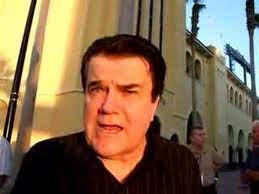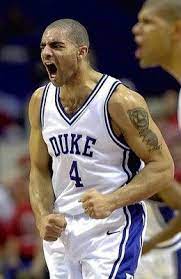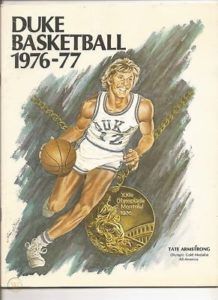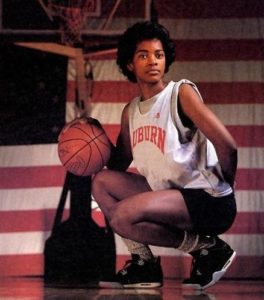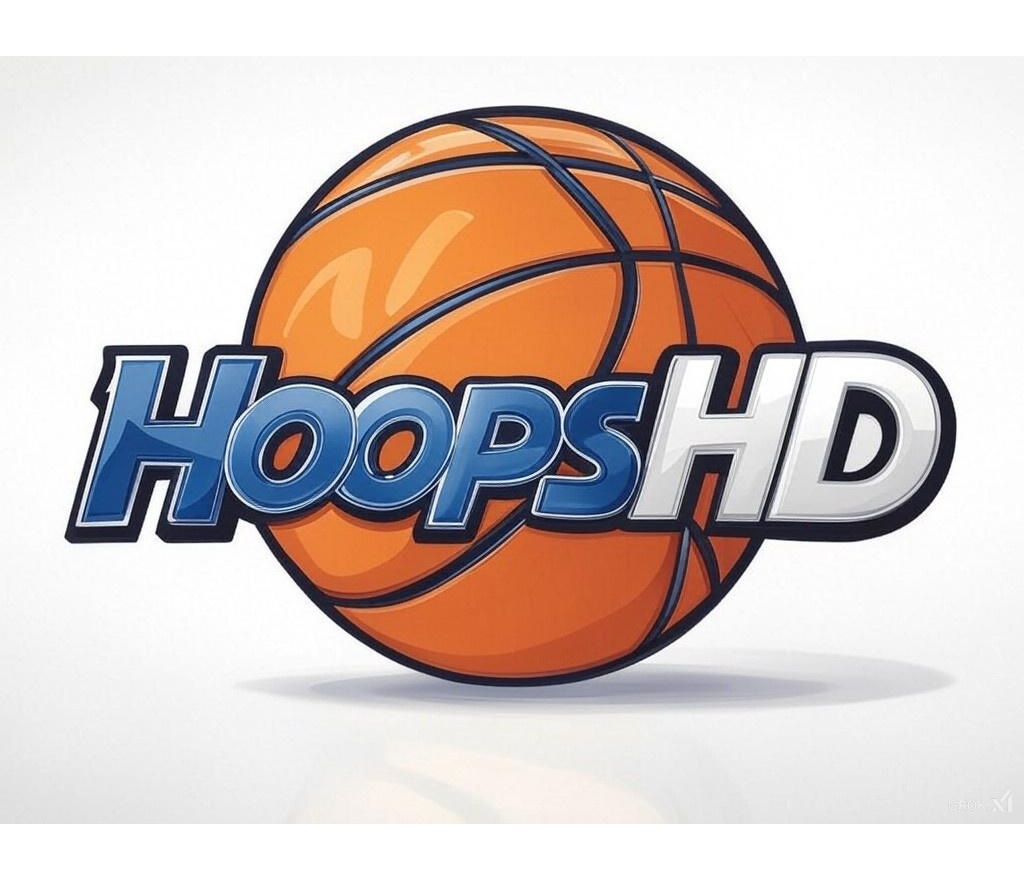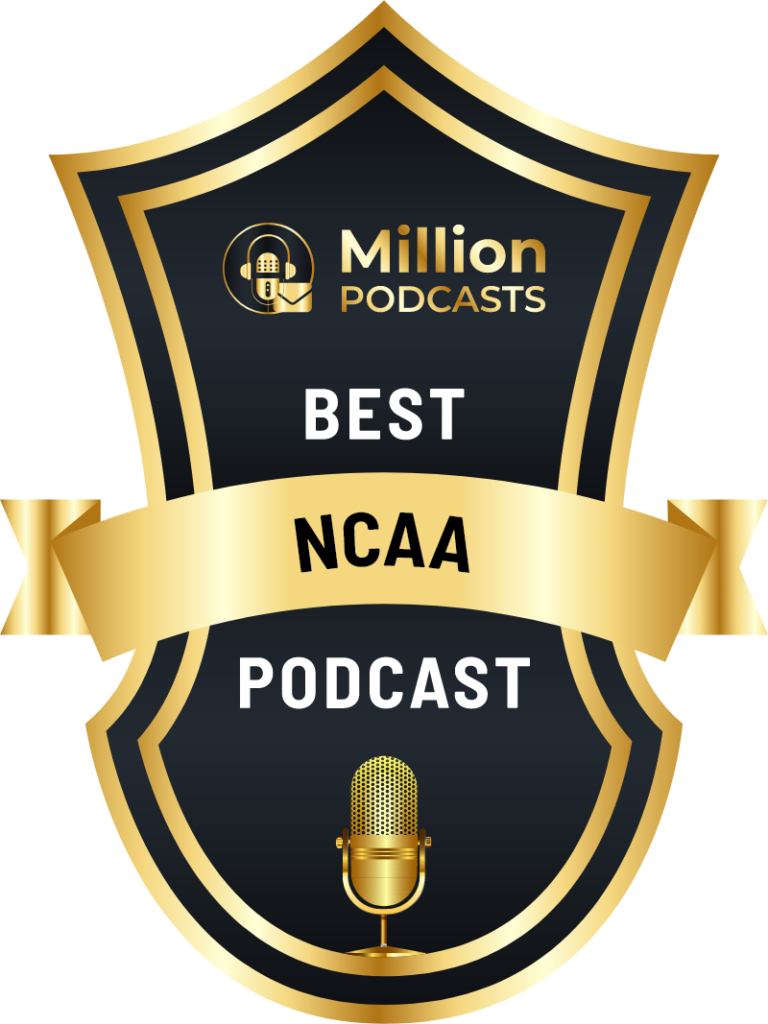Cleveland State had a heck of a season last year: after losing 21 games in 2020, the Vikings bounced back in 2021 with a 19-8 season and the school’s 3rd-ever trip to the NCAA tourney. However, the greatest team in school history remains the 1986 squad: 29 wins, a 2nd-straight regular season title, and the 1st-ever #14-seed to make the Sweet 16. The most memorable name from 35 years ago is probably Ken “Mouse” McFadden, but the coach who upset Bobby Knight and then had a 1-PT loss to Navy/David Robinson was Kevin Mackey. HoopsHD’s Jon Teitel got to chat with Coach Mackey about discovering Manute Bol and that sensational Sweet 16 run. Today is Coach Mackey’s 75th birthday so let us be the 1st to wish him a happy 1!
In the 1976 Catholic state tourney title game as head coach at Don Bosco Technical High School in Boston, Ronnie Perry of Catholic Memorial scored 45 PTS but missed a FT with 1 second left to lose by 1 PT: what did it mean to you to win a title like that? We also won the state tourney that is open to all schools. Ronnie was 1 of the best high school players that I have ever seen: smart, highly skilled, and very disciplined…but it is a team deal. The high school basketball was terrific: I originally started down the street at Cathedral and was later invited to join Don Bosco. All of the kids got D-1 scholarships and we would sell out games that were shown on TV. We got more publicity in the Boston Globe then most of the local college teams: a lot of people asked me why I left because I was doing better than the college guys!
You later spent several years at Boston College as an assistant to Dr. Tom Davis and Gary Williams: what was the most important thing that you learned from each of these great head coaches? It was a great experience for me because they are both great coaches. We had 3 Sweet 16 appearances and 1 Elite 8. Dave Gavitt was starting a league called the Big East that everyone thought was crazy but obviously the rest is history. They encouraged me to challenge them behind closed doors such as when to trap our opponents. The 1 coach who still does it is at “Press Virginia”. Bob Huggins had a couple of bad seasons and told me that he had problems scoring enough points in the Big 12. I told him I had the answer and I gave him the whole thing. You cannot have 1 foot in and 1 foot out: you have to put both feet in and just sink or swim.
In 1985 you saw Manute Bol playing for a Sudanese team that was touring the US: what was your reaction when you saw 1 of the tallest players ever, and did you think that he would ever make it to the NBA? I got tipped off about him when someone sent me a picture and I could not believe the skinny kid: he must have been standing on a table! He was 7’6” with an incredible wingspan. The Celtics would sometimes come over and play against our guys at BC: Danny Ainge told me that the reason his teammates could not guard our players like John Bagley/Michael Adams was because they were good enough to make the NBA themselves. Manute did not know how to play but was still able to block every 1 of their shots. Bob Ferry called me and said he had heard some rumors about a great player I had. I told him that Patrick Ewing/Ralph Sampson/Hakeem Olajuwon were better players…but Manute was the best shot-blocker that I have ever seen. I think that if he had grown up in America that he would have ended up in the Hall of Fame because he would have learned how to play as a kid rather than later in life. He was a great man who gave away all of his money.
Take me through the magical 1986 NCAA tourney as head coach at Cleveland State:
Eric Mudd had 16 PTS/18 REB in a 4-PT upset of Indiana: how did that game change your life? It gave our program credibility. Bobby’s son Pat is a fellow scout with me in Indiana and a good friend of mine. I studied all of Bobby’s principles of how to play defense and I knew them pretty well after watching tape of 15 of their games that season. The Hoosiers struggled against our pressure, which gave our players a lot of confidence. They were supposed to beat us by 100 PTS but reality is sometimes different. Bobby was a great coach in a class by himself and very complimentary of us after the game. As a result of that game the school ended up building a 13,000 seat arena that I never got to coach in! You have to give the kids credit: when they buy in it becomes their story.
After becoming the 1st #14-seed to ever reach the Sweet 16, David Robinson had 22 PTS/14 REB/9 BLK and made the game-winning layup with 5 seconds left in a 1-PT win by Navy: where does Robinson rank among the greatest players that you have ever faced? I coached Ewing in the 8th grade of a summer league and at BC we played against Sampson/Olajuwon in the NCAA tourney. A lot of people say that Robinson ran over my center before he made the final shot…but if you think that they are going to let a group of 12 street fighters lose to the US Navy you are wrong!
Your “run and stun” style involved pressing all over the court, which was later adopted by Hall of Fame coaches such as Rick Pitino/Jerry Tarkanian: what makes it so effective, and why don’t more coaches use it? People said that it was like we were playing 8-on-5 and a lot of coaches refused to play us ever again. I have spent most of the past 20 years working for the Pacers and have watched a lot of college games. The college players are so much superior athletically compared to their knowledge of how to play the game. With 350+ D-1 schools across the nation, there are hardly any who can create a “canvas of chaos” when you only have 3 days to prepare for your next game. All coaches are control freaks by their nature, but I spent every day working to play at a tempo that was out of control. We identified kids who were quick, hungry, had a chip on their shoulder, and had a little “nasty” to them. Most people want a little space to live their lives so when you take your opponent out of their comfort zone it gives you an advantage. You have to be in great shape and fully committed. It is not in anyone’s DNA and there are very few true believers: assistant coaches are worried that they might get fired if they believe in it too much. 1 day my friend Jimmy Valvano asked if he could drop by to have me teach him the whole system: he asked me if he could do anything in return and I asked him if he could teach me how to make a dollar! The test is when some loudmouth in the 5th row tells you to get out of it and you just stick with it.
You have spent the past couple of decades overcoming your own demons: what advice do you have for others trying to do the same? It is very difficult to do by yourself: my children were behind me and I went to rehab with John Lucas, who educated me about addiction. John has helped an incredible number of people and has a heart of gold: he knows more than a lot of people who have a PhD. He was also the 1 who told me that Myles Turner would be the real deal.
After your college coaching career you became a hugely successful minor league basketball coach, winning 3 straight USBL titles with the Atlantic City Seagulls and an International Basketball Association championship in your very 1st season with the Mansfield Hawks: what is the biggest difference between college and pro basketball? You are dealing with grown men who have an agenda so there is a different look in their eyes. Some have a dead/hollow look but I love the toughness/desperation of the guys who are hungry. Back then you were the coach/scout/GM and had complete control. The owner does not want to start rebuilding a program: he wants to win every night. I told the players there was a lot of money to be made if they were successful for me. The college door closed for me, which was 100% my fault, so I would coach 2 pro teams a year to keep food on the table. It was a tremendous education for me and has helped me a lot in scouting. Paul George was picked 10th overall in 2010, but he probably should have gone 1st.
In 2004 Larry Bird hired you to be a scout for the Indiana Pacers: what is the best part of being a scout, and what is the worst part? It is the purest part of the game because it is all about talent. If you take our top-60 list you might have a couple of guys who get red flags for character, and the doctors can look at a guy with bad knees and say that he will only play a few years, but everyone has a different opinion. When a kid becomes an instant millionaire some of them stop working because it is Monopoly money, while others will do whatever they can to get a piece of that. We will not keep our jobs for a long time unless we get it right: every guy sitting on a barstool thinks it is the easiest job in the world.
What is the biggest change that you have seen in the sport over the past few decades? I wish they would only play a couple of games during the summer. I was watching NBA TV the other night with Hall of Famers like Reggie Miller/Isiah Thomas demonstrating different drills: THIS is what players/coaches should be watching. With technology the right way to do things is out there: you just have to seek it out. I have college stars who shoot 58 FT% ask me how they are playing: I want to tell them that there are 8th grade girls in Indiana who are shooting 75%! I feel bad that a kid who is blessed physically has no clue how to play and no skill set because nobody has taught him.
When people look back on your career, how do you want to be remembered the most? I was someone who learned a lot of lessons and hopefully helped a few men along the way.

